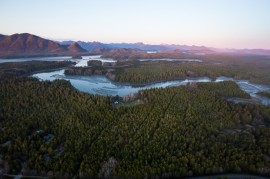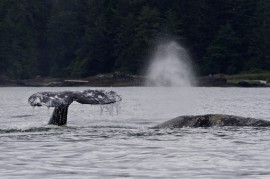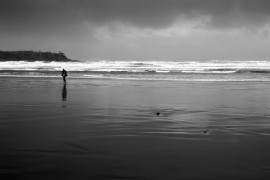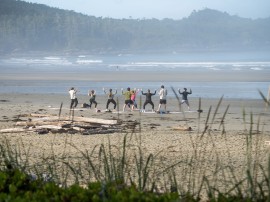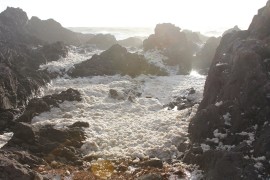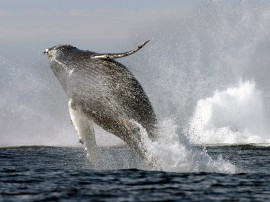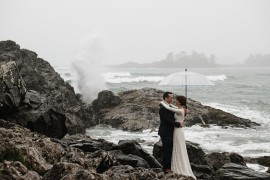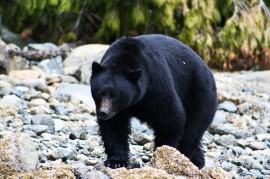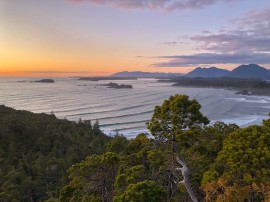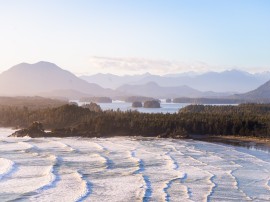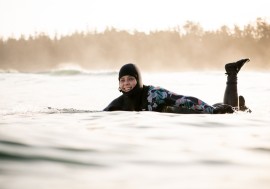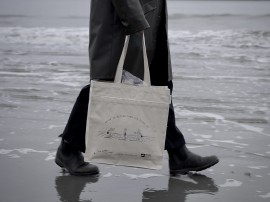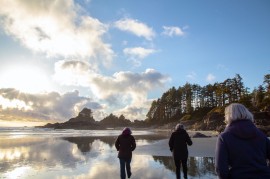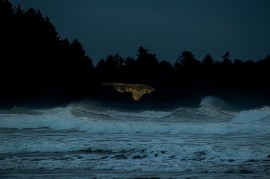Pacific Rim Whale Festival 2015
Long Beach Lodge Resort is a proud sponsor of the Pacific Rim Whale Festival which will be held this March in Tofino, Ucluelet and Pacific Rim National Park Reserve.The 29th annual Pacific Rim Whale Festival starts in March to coincide with the spring return of the grey whale to the west coast of Vancouver Island. Long Beach Lodge Resort is proud to be a sponsor of the festival which features many educational and entertainment events which focus on Tofino, Ucluelet and Pacific Rim National Park Reserve’s coastal traditions, unique environment and creates awareness of the majestic and massive grey whale.
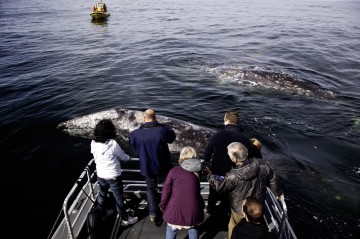 |
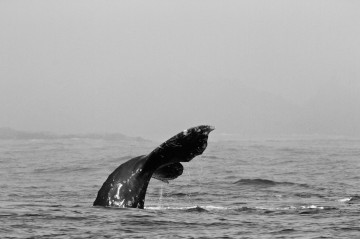 |
The festival was launched 29 years ago by a non-profit society made up of a group of concerned citizens. Their initial focus was to save the then-endangered grey whale. The society succeeded and while grey whale numbers have increased, the annual spring celebration continues to be popular and remain centered around the migration of the whales, from Mexico to the Artic.
There is much to do during the festival, including: Chowder Chowdown, salmon BBQ, Tug-o-Whale, First Nation Cedar Weaving, Ucluelet Maritime Kid's Day, Storytelling with Roy Henry Vickers, a professional and amateur photo competition and much more. A calendar of events can be found here.
More About Grey Whales
An estimated 20,000 grey whales make the journey each year from the Baja Peninsula’s breeding and calving lagoons in Mexico to their summer feeding grounds in the Bering and Chukchi Seas near the Arctic. In total, the 16,000 to 22,500 km round trip (depending on how far north they go) is one of the longest migrations of any mammal.
The migrating grey whales will join resident grey whales, orcas, humpbacks and the occasional minke that can be seen any time of year off of the west coast of Vancouver Island.
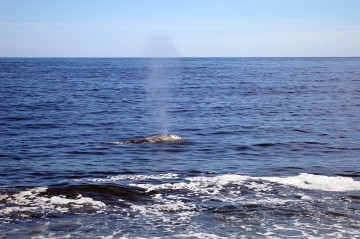 |
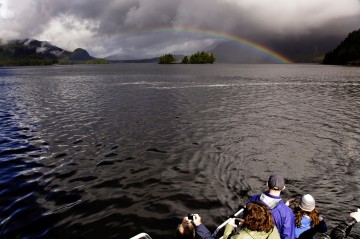 |
Adult male greys are about 14m long, females usually being a bit longer. A fully grown grey whale weighs in at between 27,200 and 36,300 kg - almost twice as heavy as a fully loaded school bus!
Grey whales are medium to dark grey in tone, with a mottled appearance due to white patches and scratches, as well as barnacles and orange sea lice living on their skin. Greys have no dorsal fin, but a series of vertebral bumps or "knuckles" along their lower back.
While migrating, grey whales swim at speeds of 4.8 to 9.6 km per hour. They usually take 2-3 breaths over 15-30 seconds, then show their tail before remaining underwater for 3-5 minutes. This breathing pattern may vary depending on their behaviour (traveling, sleeping, feeding, etc.).
The grey whales need the warm waters of Baja: calves are born with hardly any insulating blubber and cannot survive in cold water. However, grey whale food (small crustaceans and tube worms) live in cold, nutrient-rich waters, so the whales must swim north to cooler waters to feed. Grey whales end up fasting for several months of the year, relying on fat reserves to power their journey from their feeding grounds to Baja for the winter and back.
There are approximately 20,000 grey whales in the Eastern North Pacific Grey Whale population that migrate past the Tofino, Ucluelet and Pacific Rim National Park Reserve coastline. There is also a very small group of about 130 Western North Pacific Grey Whales that live off the east coast of Asia, and a third population of now extinct grey whales once lived in the northern Atlantic Ocean.
The Eastern North Pacific Grey Whale population has been commercially hunted close to extinction twice over the past few hundred years, but greys have been fully protected by the International Whaling Commission since 1947, and the population has recovered significantly since then.


